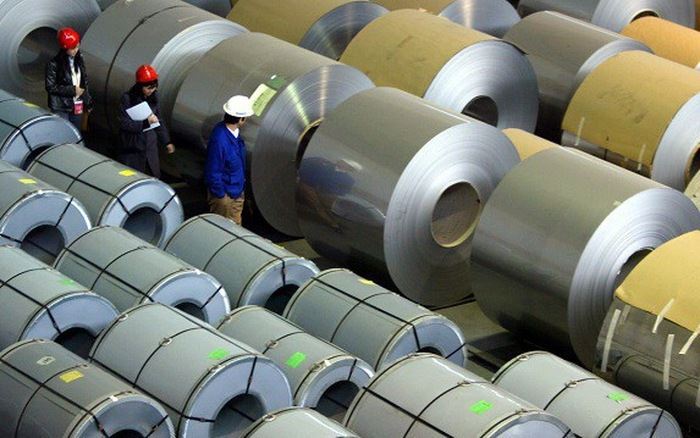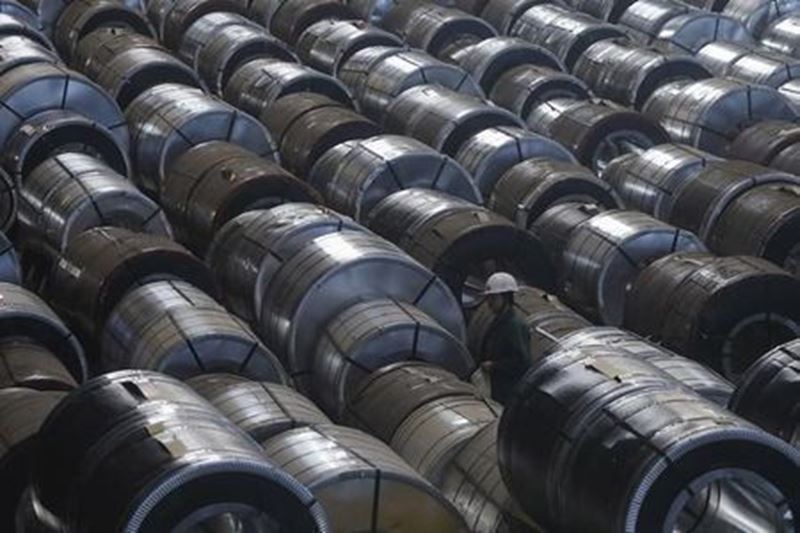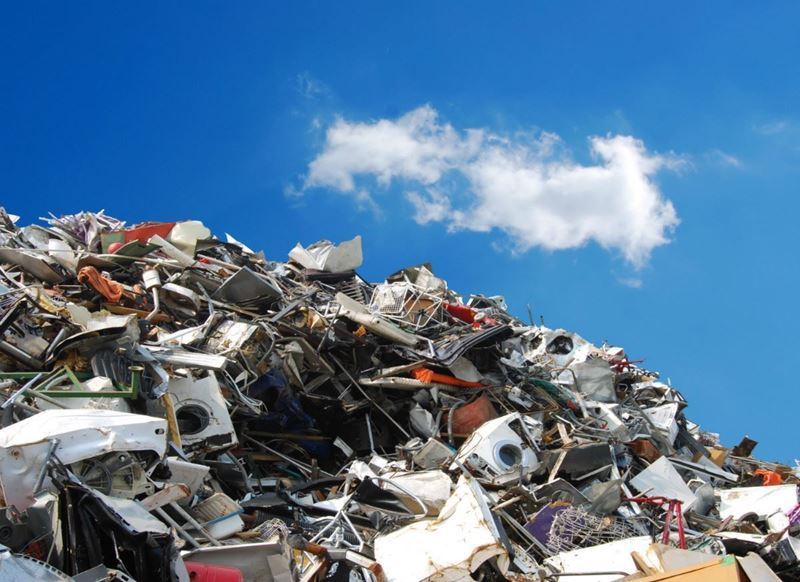The EU's decision to expand protective measures on importing countries presents various opportunities and challenges for Vietnam's steel industry. Particularly, data regarding the EU market indicates a significant surge in Vietnam's steel exports. In 2022, Vietnam's steel exports to the EU reached 2.2 million tons, marking an impressive 86.2% increase and constituting 24.1% of total steel exports. This surge was notably observed in exports to EU countries like Italy, Belgium, and Spain.
During the first 8 months of 2023, 8.1% of processed steel products imported into Europe originated from Vietnam. Meanwhile, imports from Turkey, China, and India experienced significant declines, whereas imports from Vietnam saw a 15% increase.
This highlights the rising demand for Vietnamese steel products in the EU market, potentially strengthening Vietnam's position in the European steel market. However, these measures may also pose challenges for Vietnam's steel industry.
In response, Vietnam's steel industry should take necessary steps to comply with EU customs duties and strive to reduce production costs to enhance competitiveness. Additionally, the Vietnamese government should continue negotiations with the EU to seek the removal of these protective measures.
The EU's protective measures cover imports of various steel products, including hot-rolled steel sheets, cold-rolled steel sheets, electro-technical sheets, painted steel sheets, stainless steel sheets, carbon steel, stainless steel pipes, and film rolls. These measures have been extended for an additional 3 years, effective until June 30, 2024.
In conclusion, the EU's protective measures may have a complex impact on Vietnam's steel industry. While offering some opportunities, they also bring significant challenges. However, collaboration and adaptation from Vietnamese steel producers and the government are essential to mitigate the effects of these measures.









Comments
No comment yet.